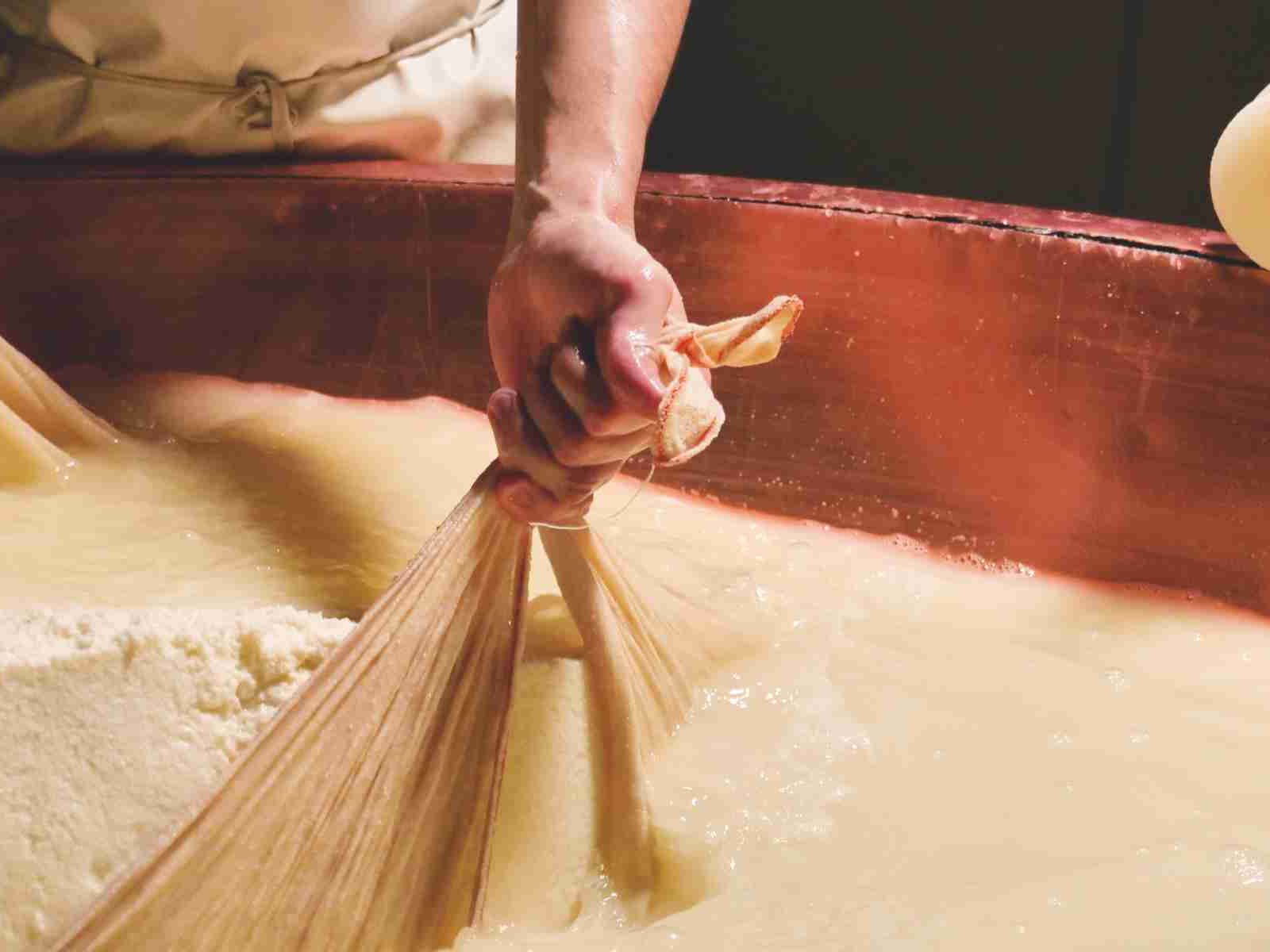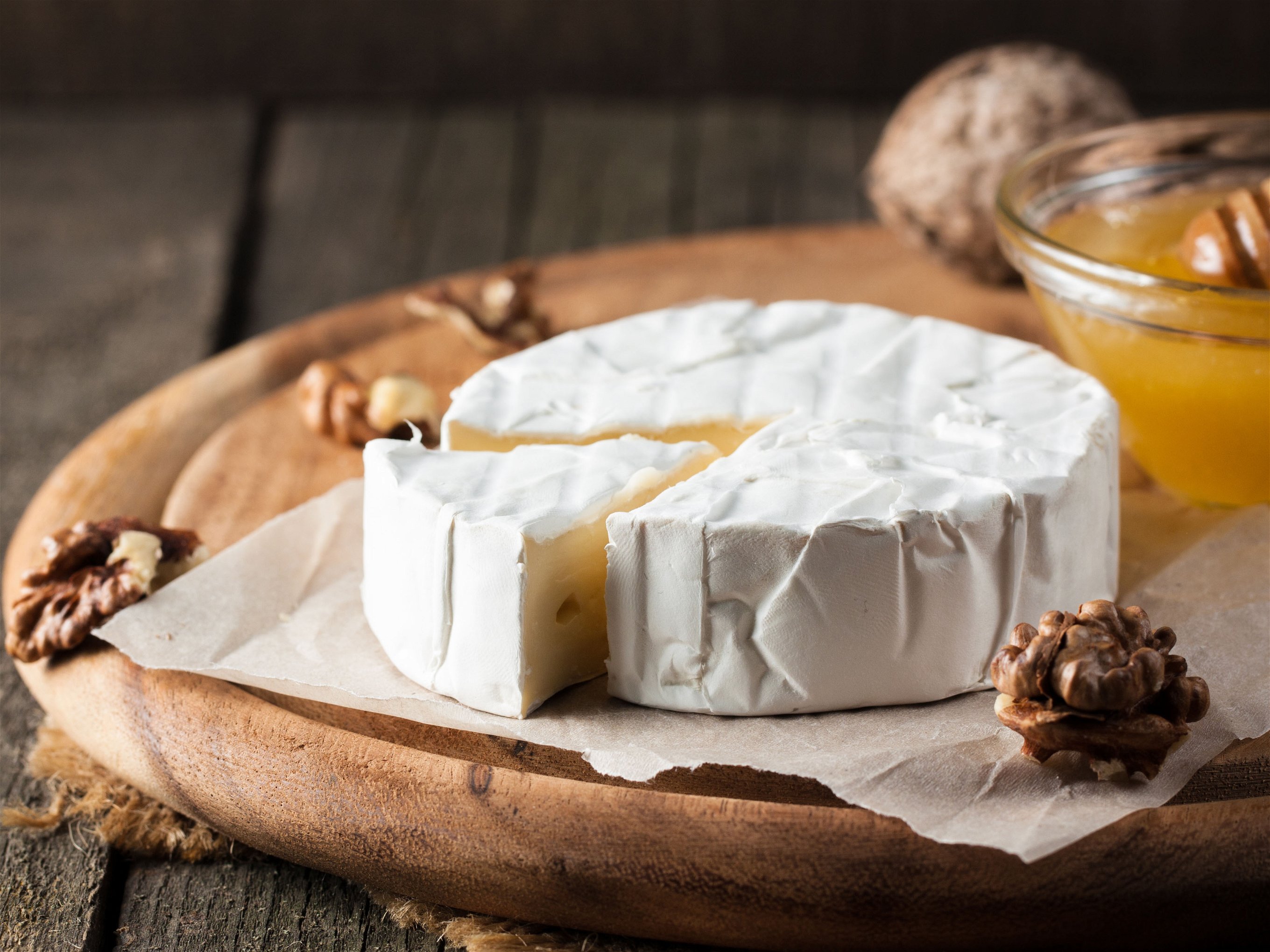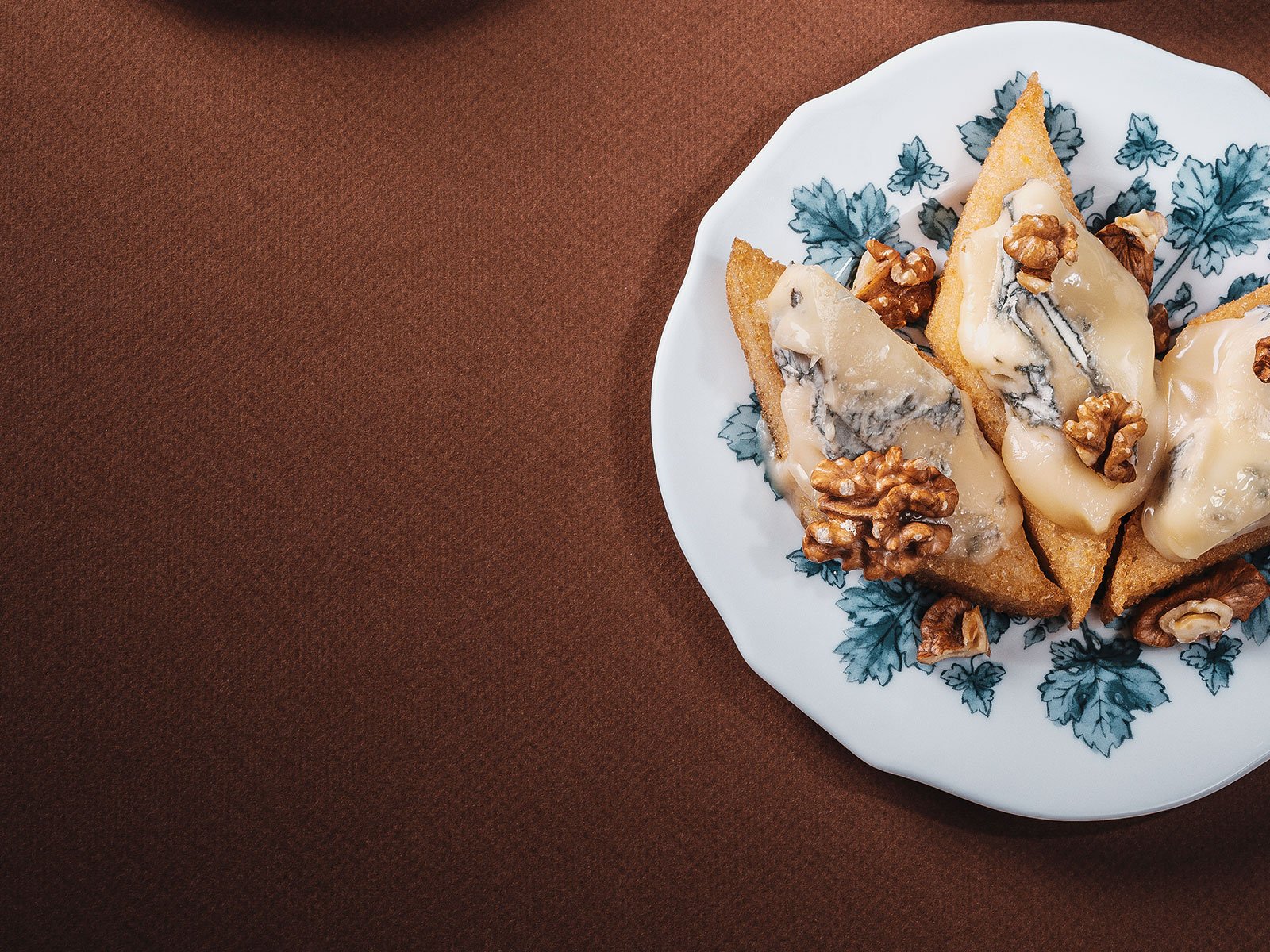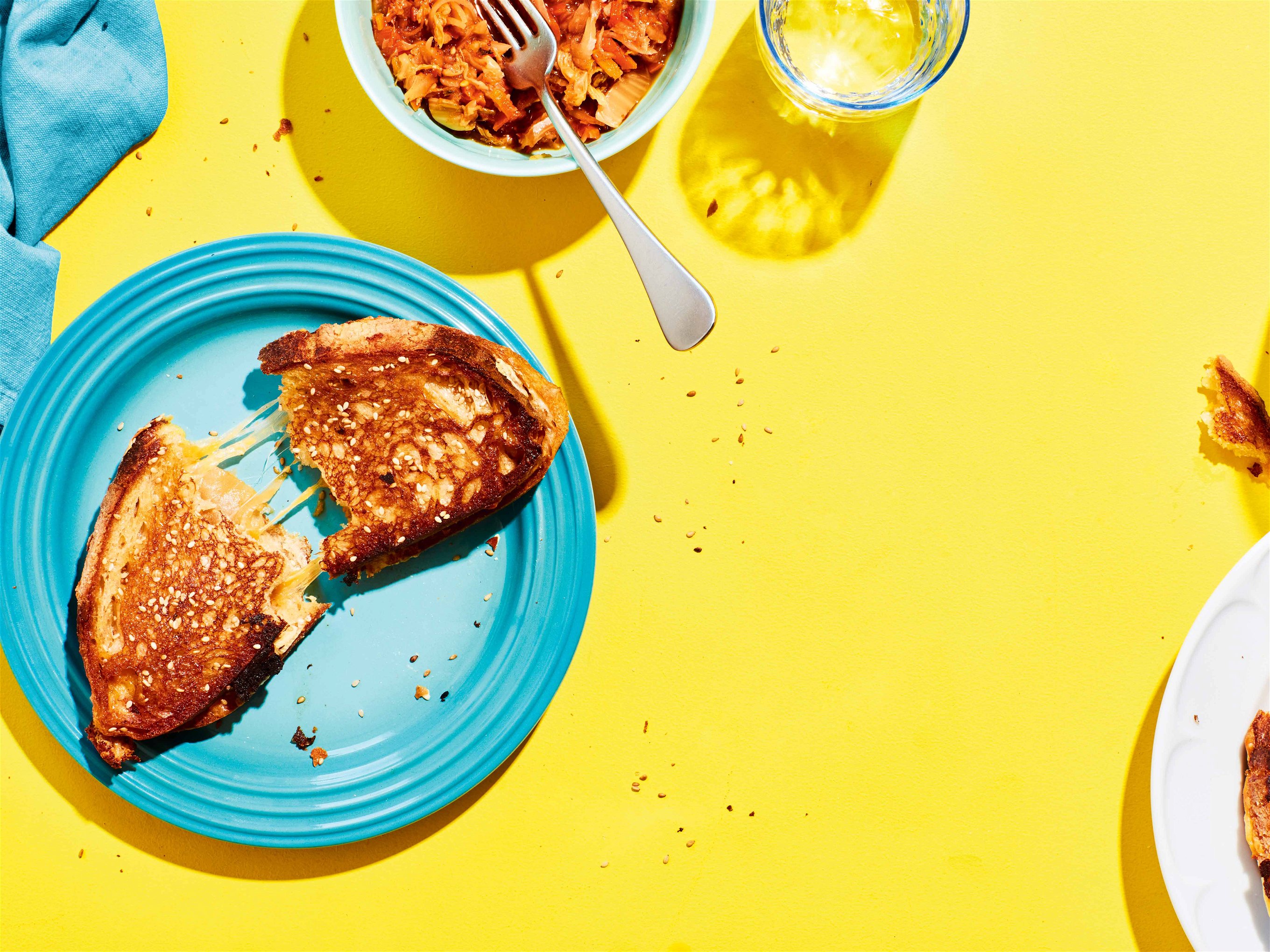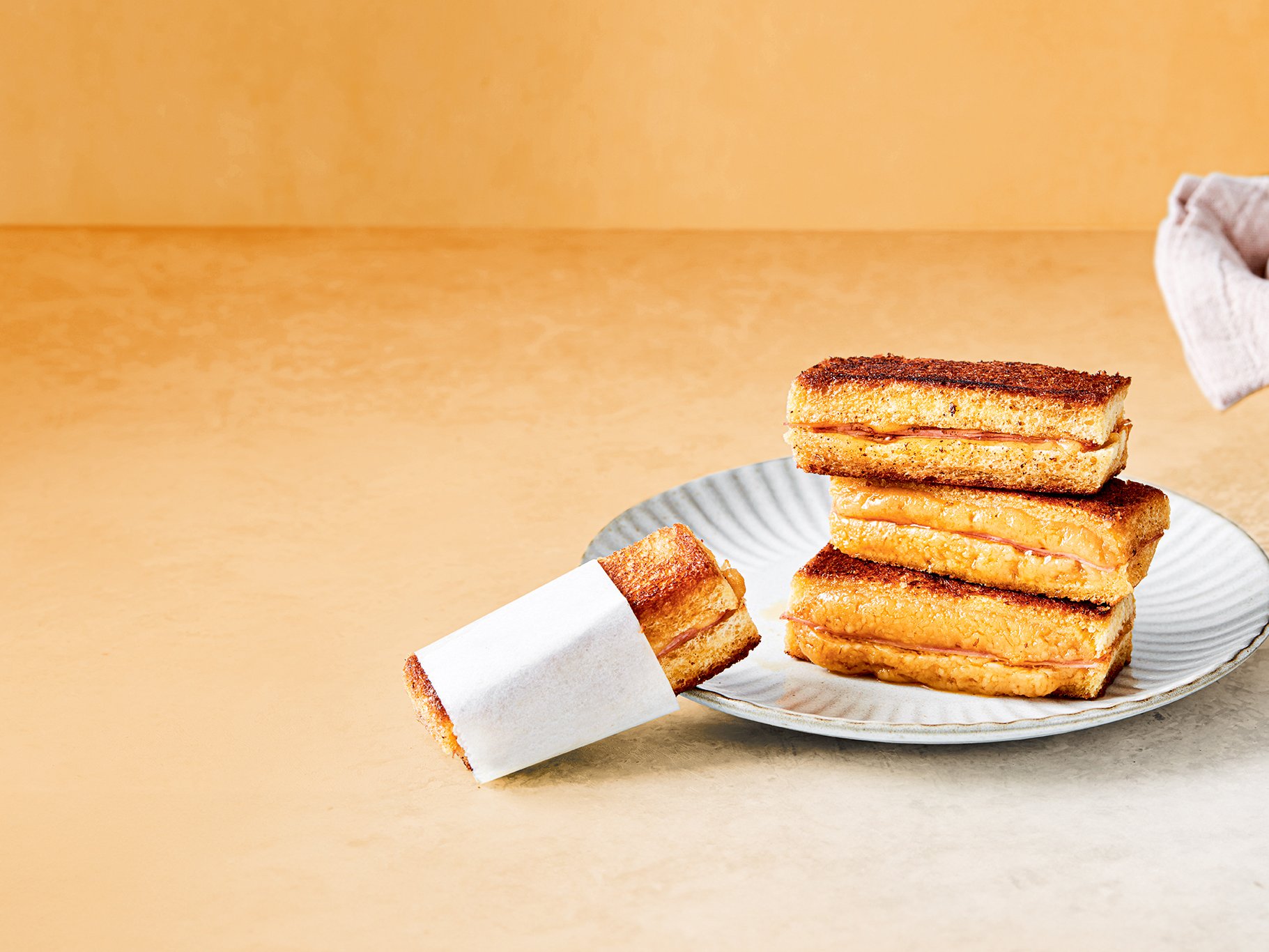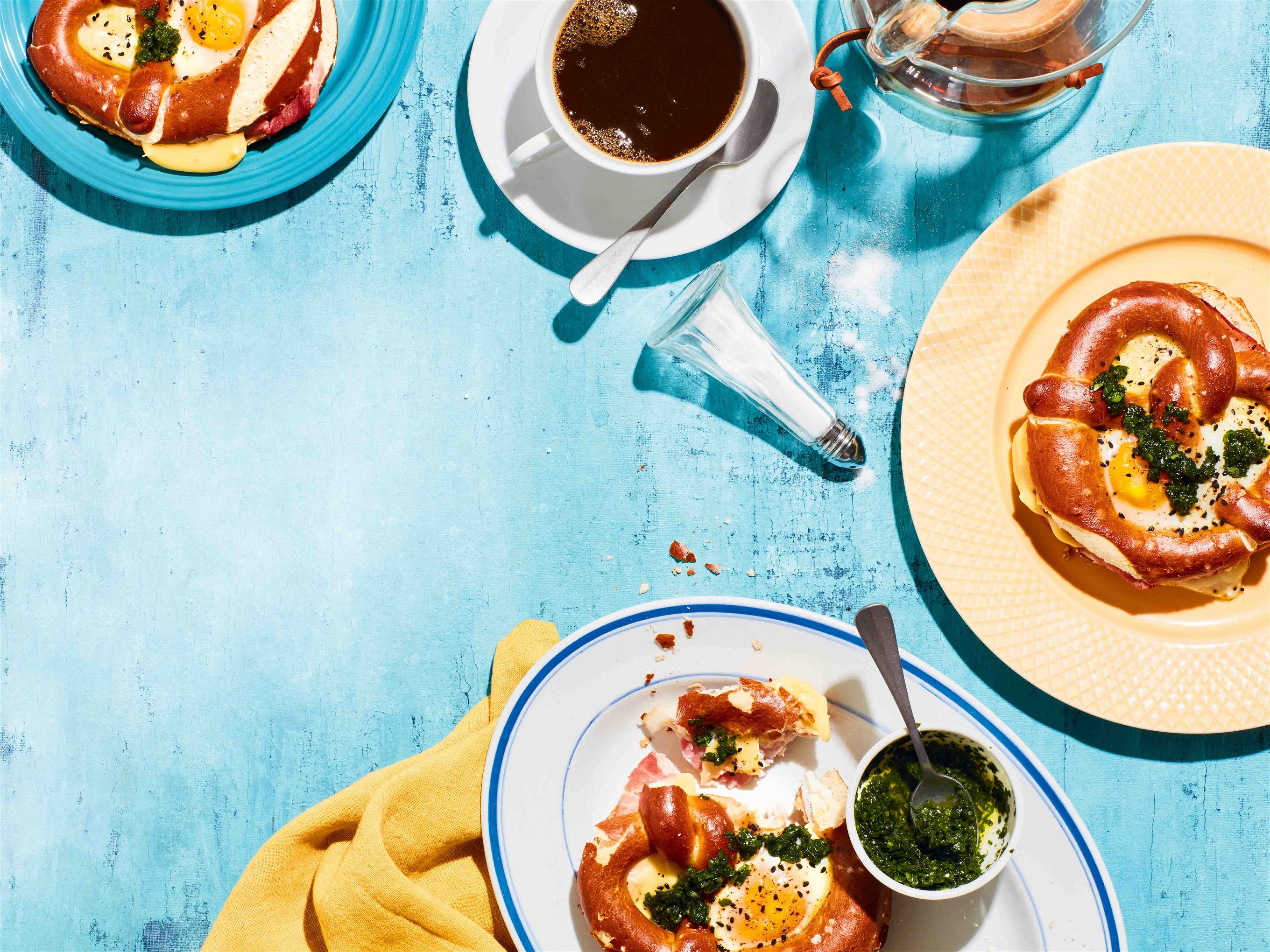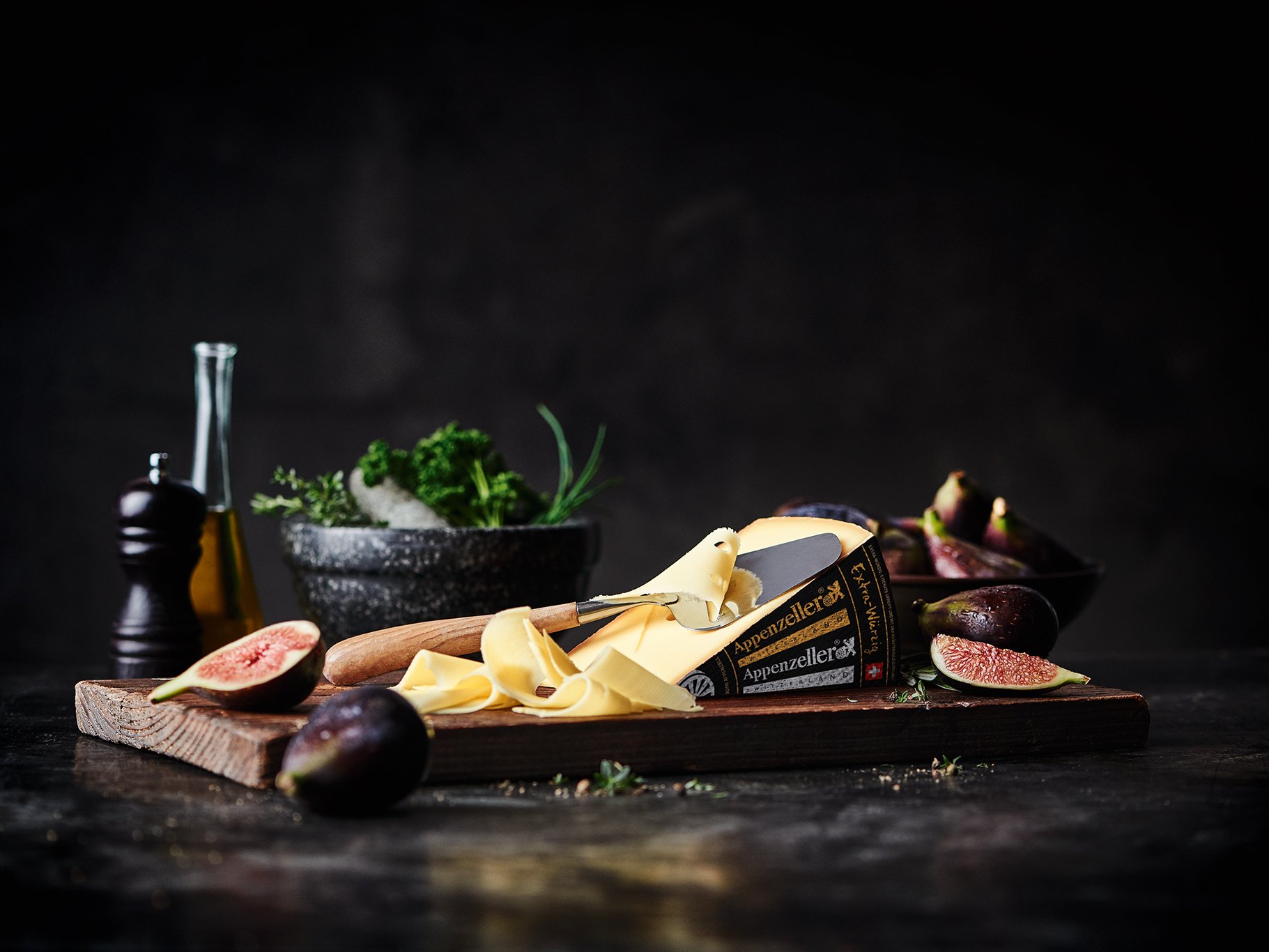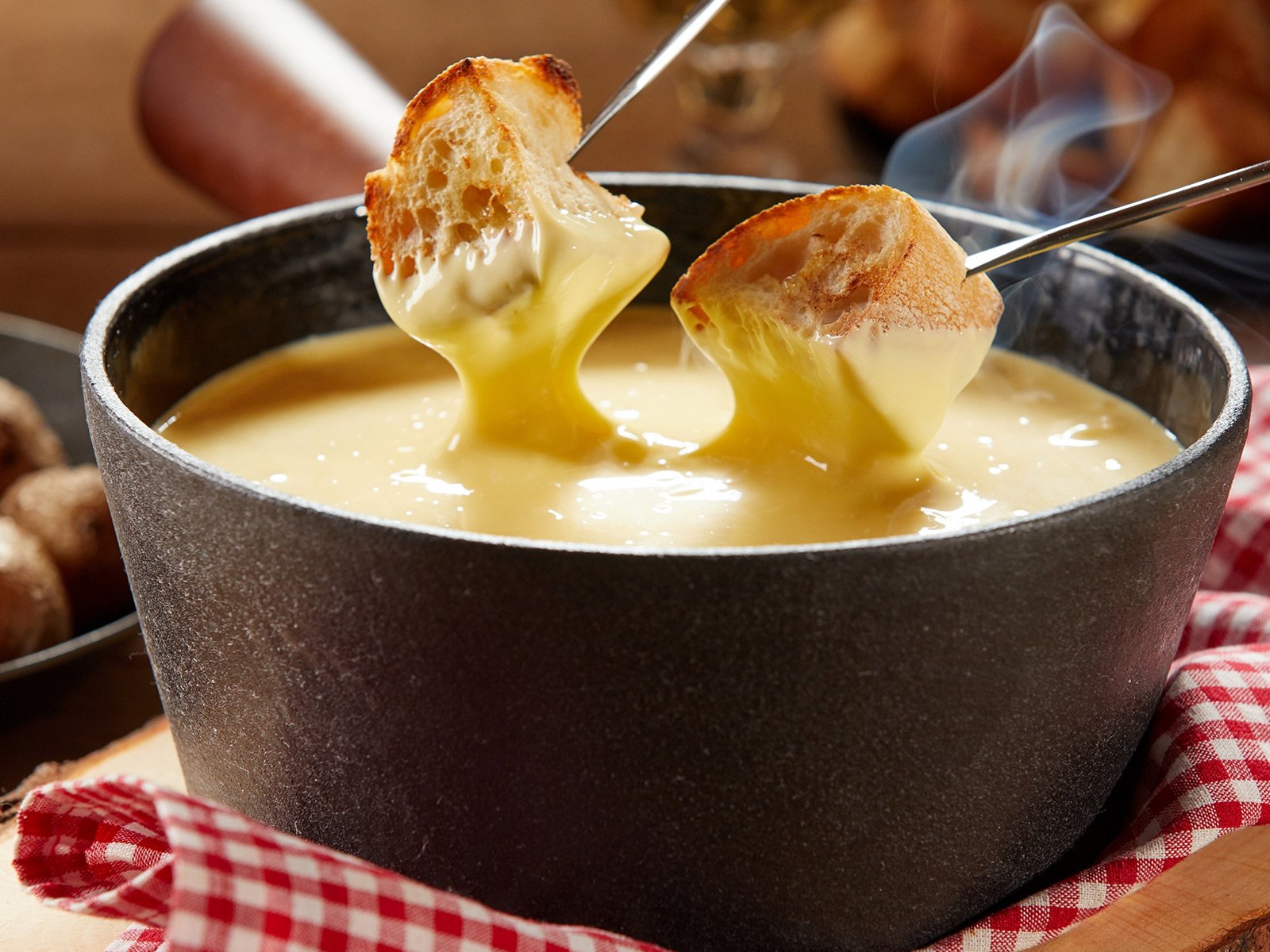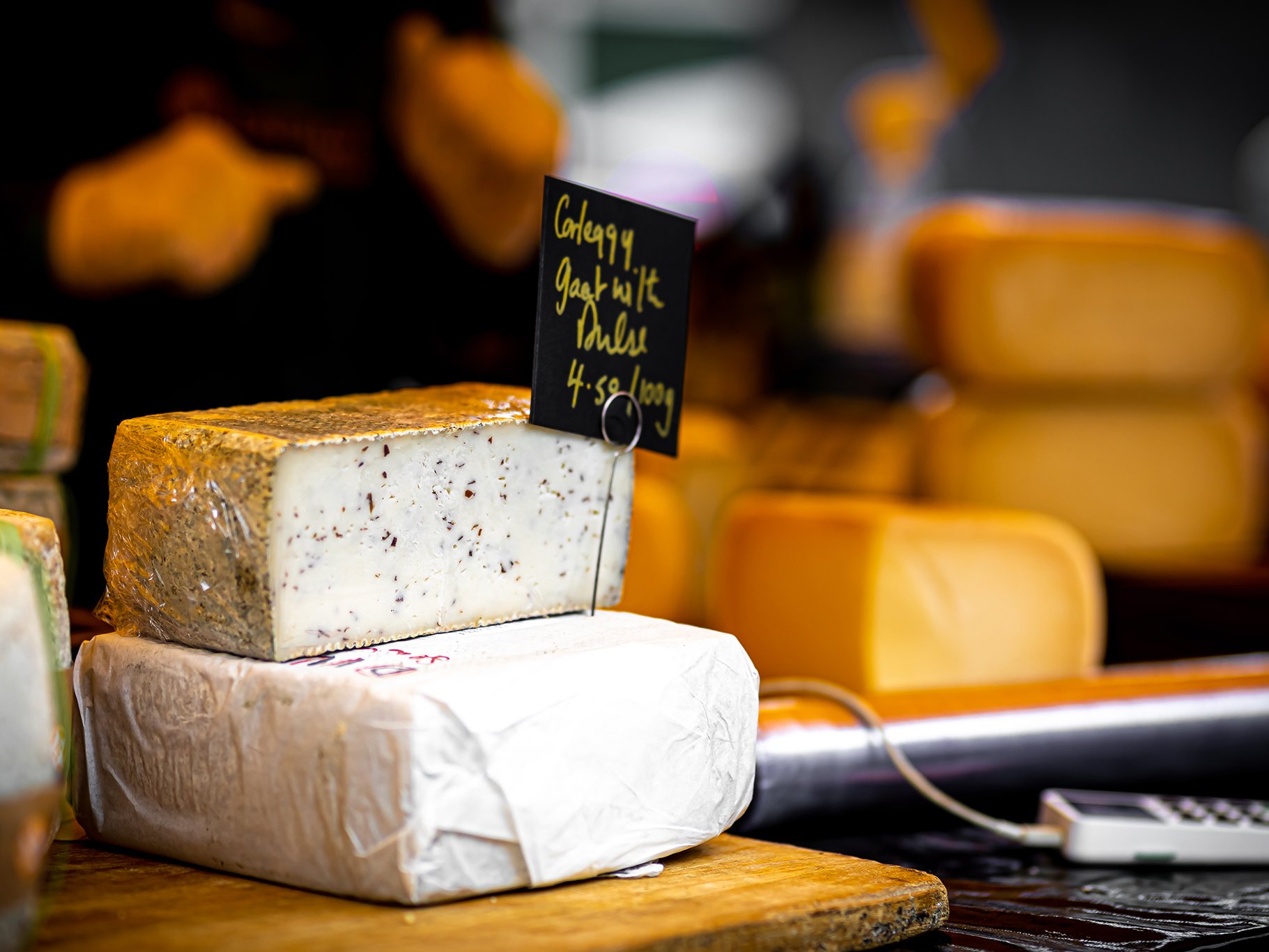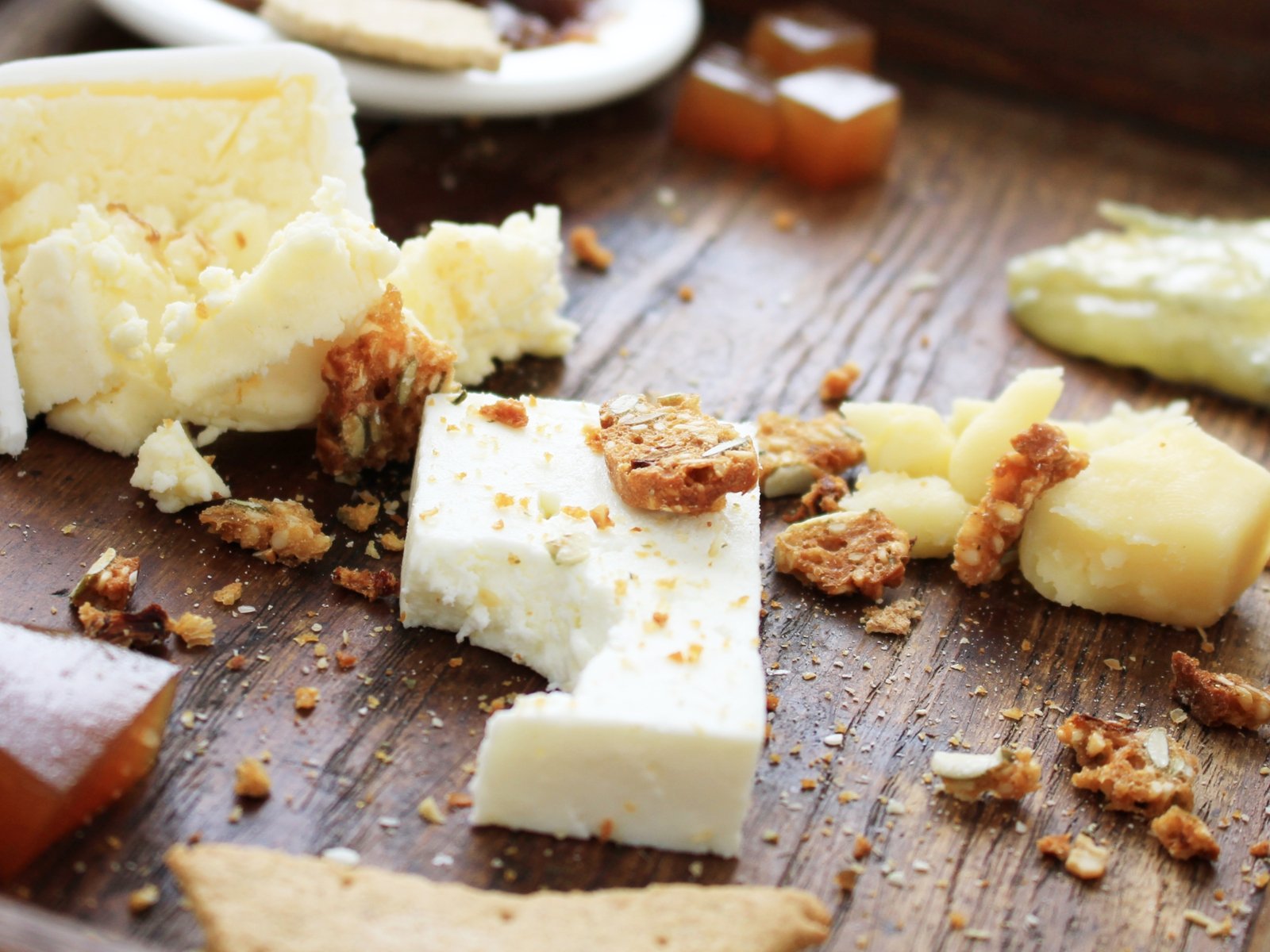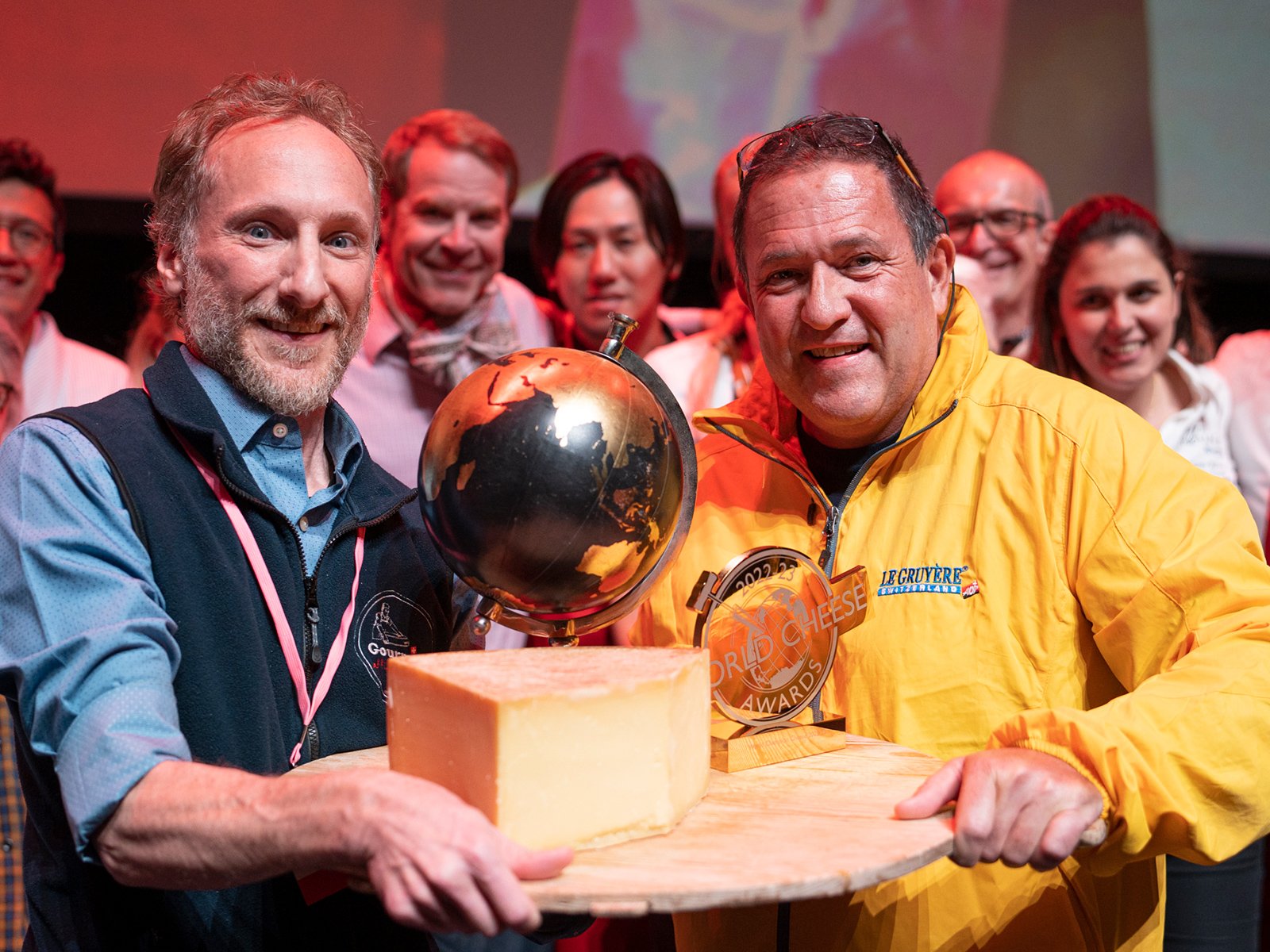Vacherin Has Arrived: The Best Seasonal Cheese Ever?
Vacherin de Mont d'Or or Vacherin du Haut-Doubs is one of the few truly seasonal cheeses. Don't miss out on this Alpine delight.
True seasonality
The 15th of August is a special day. It is the birthday of Napoleon and Ben Affleck, but far more importantly, it is the beginning of Vacherin season, which is a strictly limited one. By the terms of its French Appellation d’Origine Protégée (AOP) the cheese can only be made from August 15 to March 15.
Cheesemongers and cheese fans greet the start date with as much enthusiasm as grouse shooters in Britain do the “Glorious Twelfth”, the 12 August date that signals the start of the grouse-shooting season. Happily though, there is zero slaughter of innocent birds involved in the production and consumption of this luxuriantly textured and delicious cheese.
Franco-Swiss rivalry
Vacherin comes from the Franche-Comté region of France and the Swiss canton of Vaud, and both nations claim it as their own, with their own protected designation. The Swiss one is called Le Vacherin Mont d’Or AOP and the French, Le Mont d’Or AOP or alternatively Vacherin du Haut-Doubs. With a distinction that indistinct, it might be simpler just to look at the country of origin. The names speak to the geographical origin of the cheese, but while Haut-Doubs is a French region that borders Switzerland, Mont d’Or, or Golden Mountain, straddles the border, so that doesn’t clear anything up. Only the French AOC stipulates raw (unpasteurised) milk, and as I have a temperamental preference for raw milk cheeses, that is the one I celebrate.
Creaminess and aroma
The most salient quality of a Vacherin is its mouthcoating creaminess, phasing into absolute liquidity in an older cheese. The cheese is so soft that it is bound with a thin band made of spruce bark and packed in a round wooden box. Its rumpled billowy rind, often covered with a snowy dusting of white mould, ranges from yellow to a darker tan, the colour denoting Vacherin’s membership in the washed-rind family with all its typical smoky, funky and farmyardy flavours.
What makes Vacherin stand out from other cheeses is a unique resinous note from the spruce. The cheeses are washed after the band is in place which allows that intriguing woody scent to permeate through the cheese.
Indulgent softness
Everything about this wonderful cheese speaks about where, and when, it was made. Franche-Comté is more famous for its large, hard slow-maturing cheeses like Comté, made in the spring and summer months. Traditionally smaller farmers, who didn’t produce enough milk in one day to make Comté, would take their milk to specialised cheesemakers called fruitières who would pool the milk from a number of farms.
In the winter when the passes were closed and the cattle cosied up in their barns, the farmers would make soft, faster ripening cheeses to eat at home in front of the fire. Fortuitously at this time of year, while cows give lower yields, their milk is particularly rich, just right to make the small, indulgently creamy Vacherin.
Sprucing it up
Spruce grows plentifully in the heavily forested region, providing just the right sort of flexible bark for the bands. By happy accident, the volatile resin added that flavour so characteristic of Vacherin. The need for spruce also created a sort of collaborative cheesemaking-forestry subculture which included the gruyers, or foresters, who gave their name to the most famous of Alpine cheeses Gruyère, the bûcherons who selected and felled the trees, and the sangliers, who cut the strips or sanglers.
Perhaps the latter were jokily named after the wild boar, sangliers, who like to scratch themselves against trees, removing the bark in the process. There is some skill in preparing the sanglers. Traditionally they are soaked in salt water, then boiled, which not only kills any unwelcome micro-organisms but makes them softer and more ready to give up their aromatic bounty.
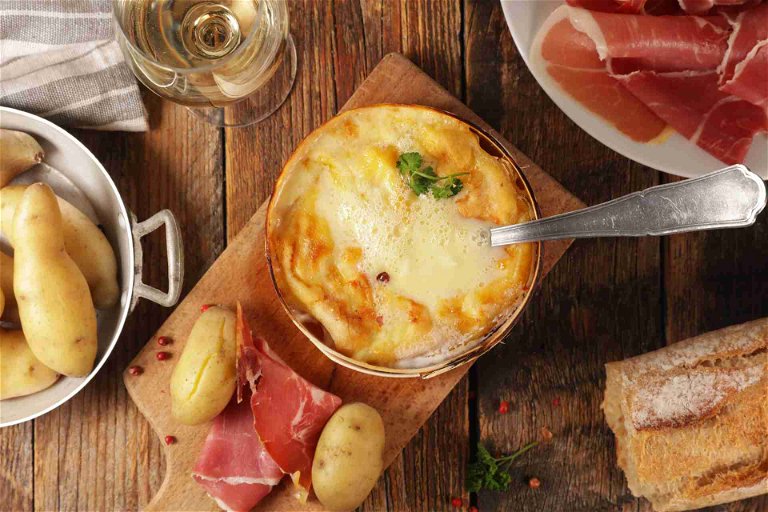
How to indulge
One ought to pay attention when eating a cheese with such limited availability, and I present two ways to get the best from yours. The first is to lean in to the liquidity by baking Vacherin in its box with a splash of white wine. Hunks of bread, crudités and even hunks of charcuterie can be dipped into the molten cheese, making a delicious and comforting winter starter or even a main meal.
Traditionally, the locals of the Franche-Comté prefer to eat Vacherin au naturel. The cheese is cut into quarter-inch (6mm) strips and laid - not spread – onto crusty bread. Great British cheese writer Patrick Rance also advocates licking every bit of remaining cheese from the bark, in the right company of course, and throwing the thoroughly used strips into the fire so that they can perfume the room as you eat. Vacherin, for all its limited availability, is the bounty of the season, not so much a consolation for the onset of winter, as a celebration.
Get yours
My favourite Vacherin producer is Sancey-Richard, based in the commune of Metabief in Franche-Comté. If you happen to live in the UK you will find many cheesemongers who stock their cheeses. Two of my favourites are Mons UK, and The Courtyard Dairy.

